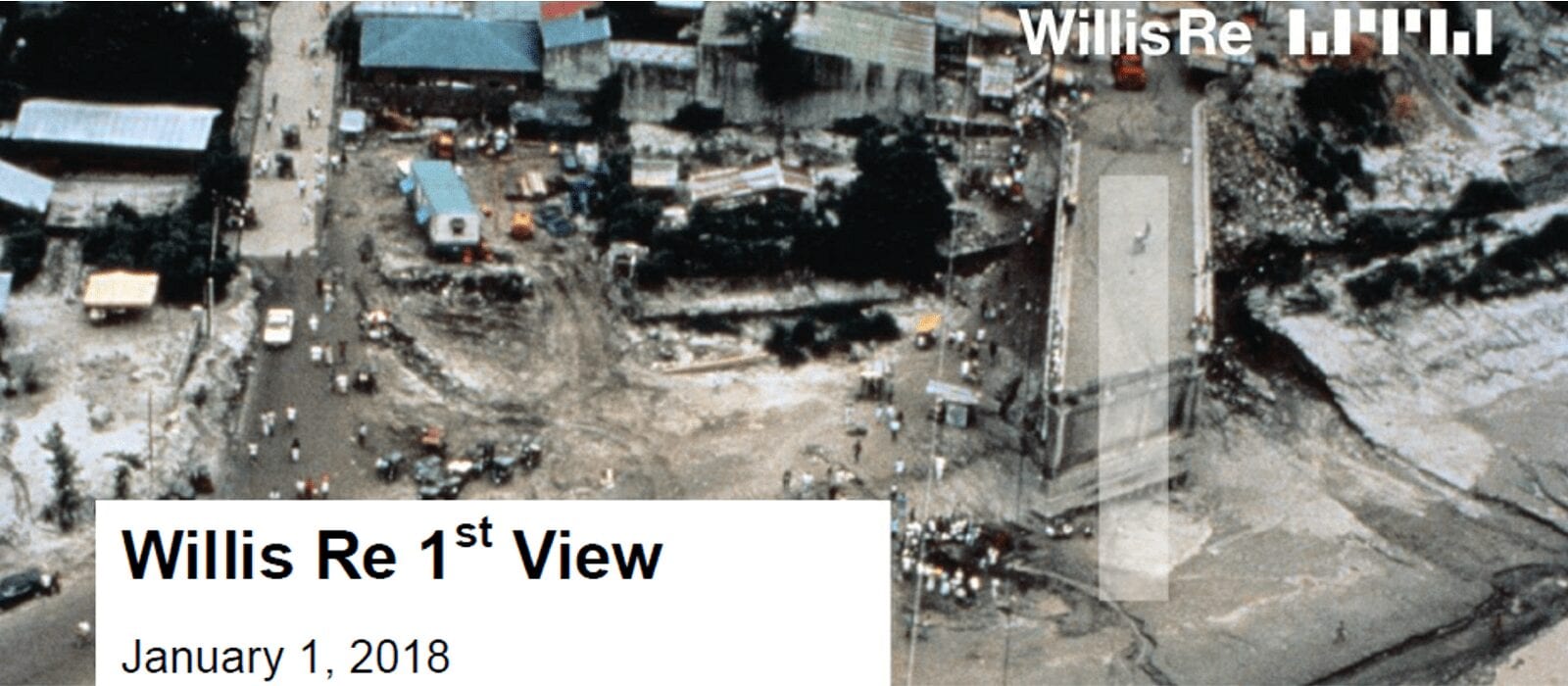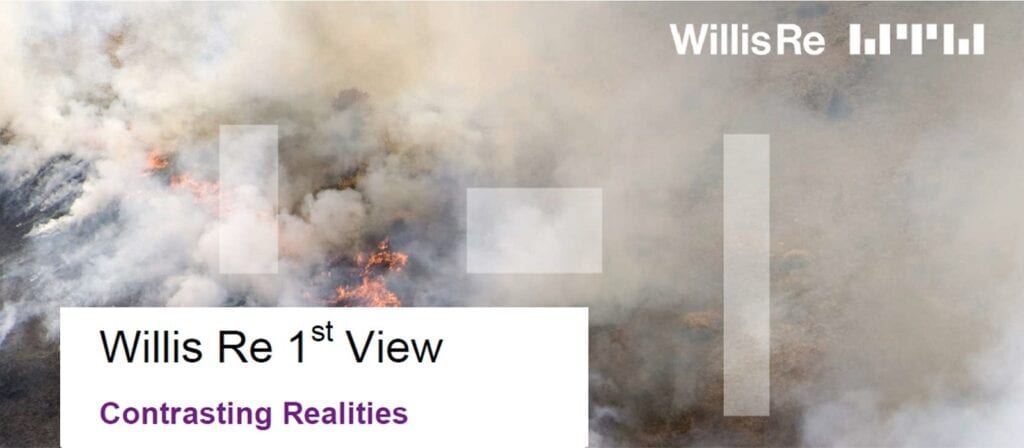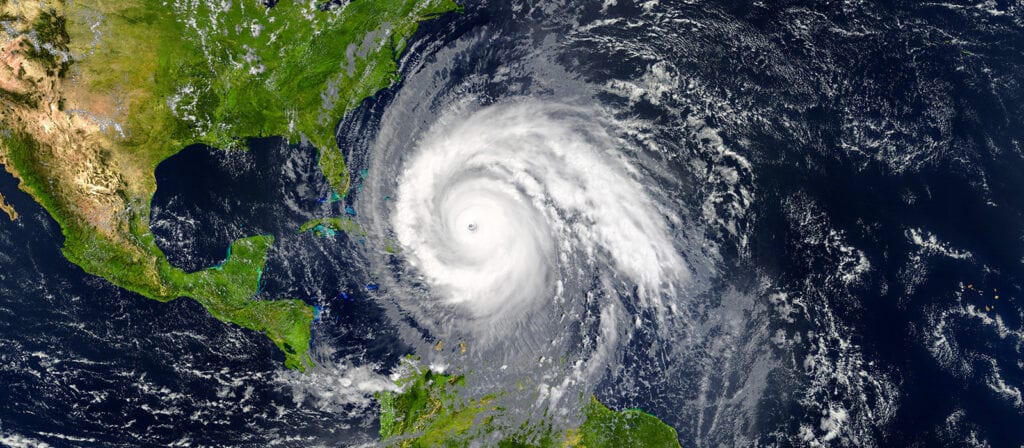With recent catastrophe loss estimates in the region of USD 136 billion, 2017 is proving to be one of the worst loss years on record for the global (re)insurance market, according to the latest 1st View renewals report from Willis Re. Willis Re is a Supporting Member of the International Cooperative and Mutual Insurance Federation (ICMIF) and is the reinsurance division of Willis Towers Watson, the global advisory, broking and solutions company and headline sponsor of last year’s ICMIF Biennial Conference, held in London, UK, in October.
The report said that the catastrophe losses of 2017 are coinciding at a time when profitability in non-catastrophe lines is constrained and prior-year reserve releases are slowing which is unfortunate for reinsurers. However, pricing corrections have not seen a significant spike due to the combination of strong reinsurance market capitalization, losses being split over a number of different events and the fact that a large tranche of the losses were retained in the primary market.
According to the report, the shape of the global reinsurance industry in 2017 was significantly different for buyers to those previous years impacted by large catastrophe events. The current market has witnessed traditional reinsurers remaining strongly regulated and capitalized supplemented by ILS capacity, which has grown to USD 75 billion.
According to the report, the ILS market showed resilience during the catastrophe losses in the second half of the year, comfortably weathering the first major test for a number of funds with investors prepared to recapitalize funds and provide liquidity for trapped capital. Similarly, traditional reinsurers’ Q3 2017 results showed that while the losses are clearly an earnings event, the impact on capital has been relatively muted with average capital impairments in the range of 5% to 7.5%.
Key findings from the report:
- Catastrophe losses have stopped a further downward movement in risk adjusted rates in most markets and classes.
- The continued supply of capital has helped curtail widespread increases in risk adjusted rates on loss free portfolios.
- Pricing across global property catastrophe and risk programs is seeing average adjusted increases of 0% to 7.5% with a few outliers either side of this range.
- Evolving cyber threats are a major concern for the industry in 2018. Recognition of silent cyber risk[1] continues to grow in the market with reinsurers trying to assess potential aggregation levels.
- Merger and acquisition (M&A) transaction volume in the global insurance sector finished 2017 on a par with 2016’s $49 billion.
- ILS investors have replenished their capital and continue to trade forward with modest spread increases for loss affected perils.
James Kent, Global CEO of Willis Re, said: “No commentary on the January 1 renewal season can overlook the scale of human suffering and economic loss that the catastrophes in the second half year of 2017 have caused. The global reinsurance industry is central to alleviating the impact of the 2017 hurricane losses. The speed of claims payments from reinsurers to their clients has been exemplary and the value of reinsurance has been illustrated to many clients yet again. Clearly the 2018 renewal season will for many reinsurers be a disappointment in terms of the rating levels achieved. However, this must be balanced against the ability of the market to provide buyers with stability of capacity at reasonable prices with an orderly renewal process, which demonstrates the growing advancement of the market.”
He added: “As society as a whole is starting to look more closely at the role the global reinsurance market can play in helping to close the economic loss gap, the stability of the market bodes well for its future development.”
Download the full report: The Willis Re 1st View report is a thrice yearly publication including specific commentary on key trends throughout the world’s major reinsurance classes and regions.
[1] Potential cyber-related losses due to silent coverage from insurance policies not specifically designed to cover cyber risk






